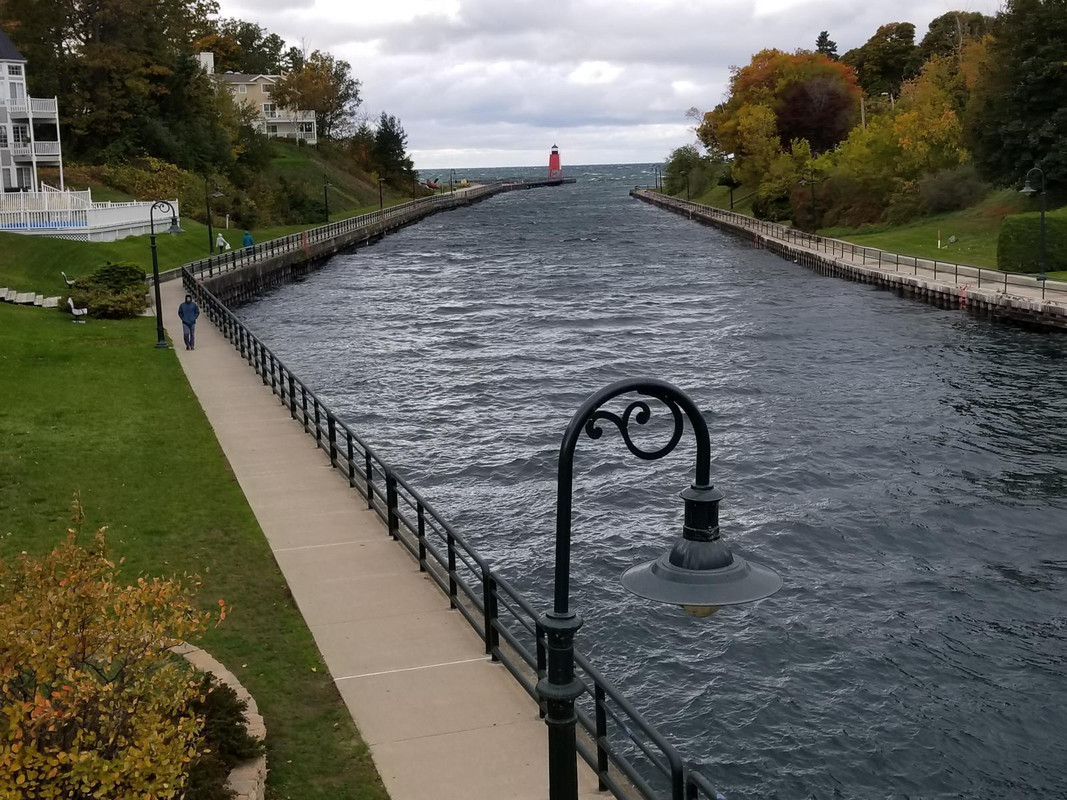Cost-Smart Yacht Transport: Save Money Without Cutting Safety

CSI Yacht Relocation
664 Herbert St, Port Orange, FL 32129
Phone: (386) 527-8321
664 Herbert St, Port Orange, FL 32129
Phone: (386) 527-8321
Download PDF Guide
Want a budget that holds up in the real world? Plan for weather windows, predictable fuel stops, and disciplined operations. This guide shows how
Cost-Effective Yacht Transport Solutions
fit into a practical plan that protects both your schedule and your wallet.
Where the Savings Really Come From
Route StrategyUse reliable legs and pre-approved alternates. Avoid “shortest map line” traps when bridges, locks, or sea state add delays.
Alt portsBridges/locksSea state
Alt portsBridges/locksSea state
Weather WindowsMoving in safe windows prevents stop-start days, extra dockage, and wear from rough seas.
Safety firstFewer holds
Safety firstFewer holds
Speed DisciplineConservative RPM in chop saves fuel and reduces strain. “Steady and kind” beats “fast then fix.”
Fuel controlLower wear
Fuel controlLower wear
Refuel PlanningPlan range with buffer. Stopping at logical marinas beats last-minute hunts that burn time and fuel.
Range bufferKnown marinas
Range bufferKnown marinas
Dockage TimingTarget arrivals within normal hours to avoid after-hours costs and delays in power/water hookups.
Standard hoursPower ready
Standard hoursPower ready
Maintenance ReadinessFilters, belts, fluids, and tools onboard. Small fixes underway prevent big schedule hits.
Spares kitTool roll
Spares kitTool roll
Simple Savings Framework
- Plan days, not just miles: Daylight, bridges, and sea state set the real pace.
- Add a buffer: Hold days for weather and troubleshooting are cheaper than forcing a bad window.
- Decide costs in advance: Fuel, dockage, and receipts workflow agreed before departure.
- Document everything: Photos before/after and daily logs keep surprises off your bill.
Example Scenarios (No Prices—Just the Logic)
| Scenario | Smart Move | How It Saves |
|---|---|---|
| ICW segment with many bridges | Pre-check opening times; batch the lifts | Less idle time → fewer extra dockage nights |
| Offshore leg with mixed forecasts | Wait for a stable window | Reduced slamming → lower fuel and wear |
| New repairs just completed | Short sea-trial before departure | Find issues early → avoid mid-route delays |
| Long fuel gaps | Stage interim marinas with power | Predictable stops → steady average speed |
Owner Prep Checklist (Cuts Costs Fast)
- Manuals, keys, spare filters, belts, fluids, and basic tools onboard
- Registration, insurance binder, permits within reach
- Lines, fenders, and shore-power ready at the destination slip
- Share recent service history and any current “squawks”
Common Money-Wasters to Avoid
- Forcing departures in marginal weather
- No alternate ports when the plan changes
- Fueling “whenever” with no range math
- Skipping pre-departure checks after repairs
- Unclear roles for captain vs. owner approvals
Pro Tip: Ask for a simple communication plan—daily updates with position, conditions, and next-day target. Fast decisions save the most.